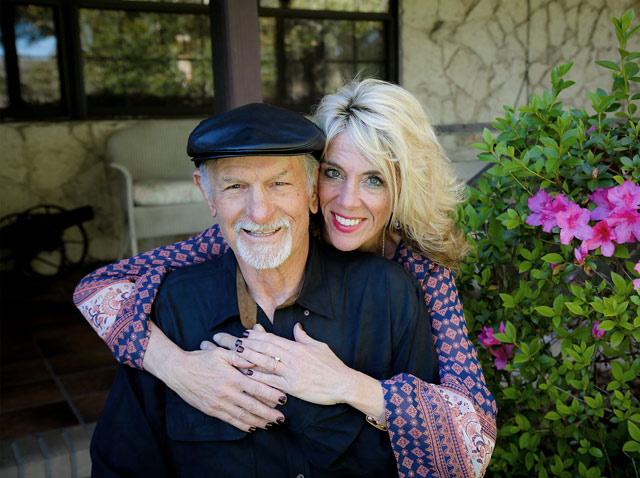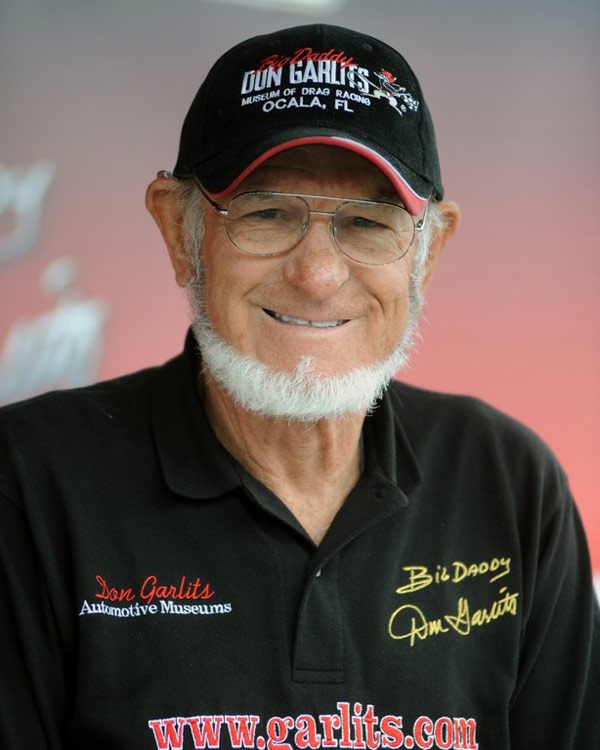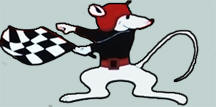 Tampa
Native "Big Daddy" Don Garlits Tampa
Native "Big Daddy" Don GarlitsDrag Racing Legend in his Own Time |
||||||||||||||||||||||||||||||||||||||||||||||||||||||||
|
NHRA announcer Bernie Partridge tagged Garlits with the famous and favorable "Big Daddy" nickname at the 1962 U.S. Nationals. In the 1950s, when Garllits broke speed barriers and whipped the Southern Californians with his crude Swamp Rat I, they called him "Tampa Don," "Don Garbage," and "Swamp Rat." Introduction
Donald Glenn "Don" Garlits (born January 14, 1932, Tampa, Florida) is an American drag racing driver and automotive engineer and is considered the father of drag racing. He is known as "Big Daddy" to drag racing fans around the world. Always a pioneer in the field of drag racing, he perfected the rear-engine "top fuel dragster design", an innovation motivated by the loss of part of his foot in a dragster accident. This design was notably safer, since it put most of the fuel processing and rotating parts of the dragster behind the driver. The driver was placed in "clear air," in front of nearly all the mechanical components, thus protecting the driver and allowing him to activate a variety of safety equipment in the event of catastrophic mechanical failure or a fire. Garlits was also an early promoter of the full-body, fire-resistant driver's suit - complete with socks and gloves, often branded as Nomex. Garlits was the first drag racer to officially surpass the 170, 180, 200, 240, 250, and 270 miles per hour marks in the quarter mile; he was also the first to top 200 in the 1/8 mile. He has been inducted into several Halls of Fame and has won many awards during his career. In May of 2014 at
age 82, Garlits set a 184 mph speed record in an EV dragster, a
battery-powered electric vehicle that does not burn fuel.
Life in the Fastest Lane by Ed Komenda 9-24-2014 - SBNation.com
Early Life and Ancestry - Garlitz & Lorenz Donald Glenn
Garlits is a son of Edward Elmer Garlits (originally Garlitz) and Helen
(Magdalena) Lawrence (Americanized, originally Lorenz).
Edward E. Garlits was born in Connellsvile, Pennsylvania on June 1, 1888. He was one of 9 children of Maryland native Theodore Henry Garlitz and Pennsylvania native Eliza Ann Eicher. Theodore (Dec. 12, 1851 Maryland - Mar. 8, 1926 WV) was a son of John C. Garlitz & Mary Garlitz, Maryland natives. Edward was 21 when he first married in Pennsylvania to Mabel Irene Booth McMullen. At the time, Ed was working as an apprentice for Westinghouse Co. (Mabel Booth, a daughter of Reuben Booth and Harriet Brown, was first married to David McMullen.)
With Mabel, Ed Garlits had sons Edward Elmer Garlits, Jr. in 1912 and George Garlits in 1916. On the 1920 Census, which was taken on Jan. 1, Ed was working as a clerk for Westinghouse. In May of 1920, they had son Merrill Roy Garlits who lived only for around 2 weeks. Edward Garlits Sr. later became a Westinghouse engineer and was credited with helping design and build their first electric iron. Ed and Mabel divorced around 1926 with Mabel keeping the children and later working as a nurse.
Don's mother Don's mother, Helen Lawrence (Magdalena Lorenz) was born in 1910 in Austria-Hungary and came to the United States with her parents Anton & Katherine Lorenz when she was 3 months old.
Helen's father, Anton Lorenz, b. Jun 21, 1886, a native of Erdevik, Hungary, worked as a swift tender for the wire cable company that earlier helped build the Brooklyn Bridge in New York. He and his wife Katharina Guth Lorenz (b. 1889, Austria-Hungary) lived with their children in company quarters in Trenton, N.J.
Helen had one
older sister, three younger brothers and three younger sisters.
According to her granddaughter Donna Garlits Perry, she
was taken out of school in the eighth grade to take care of her siblings
when her mother died.
Census records tell a slightly different story. On the 1920 census of Burlington Co., Florence Town, NJ, at 223 Fifth Ave., Anton is listed as "Anton Lawrence" with wife Kathryn and children Theresa, Lena (Magdalena/Helen), Tony, Joseph & Jacob & Kathryn. Anton was a furnace tender in the wire works industry.
Anton's 1930 census record in
Trenton, NJ, at 250 Jersey St. near Beatty St. indicates he was still married, but Katherina was not
listed in the home, she was listed in the New Jersey State hospital in
1930 when Helen would have been 20. It appears that Helen may have
been removed from school after the 8th grade to take care of her siblings when her mother
was hospitalized sometime between 1920 and 1930. Helen would have been
in the 8th grade around 1923-24. Katharine was still
listed in the NJ State hospital in Trenton, NJ in 1940. According to
unverified personal family tree records, Katharine died in 1957.
Ed Garlits in Trenton, NJ
Trenton, NJ directory listings show a more detailed history for Ed. From 1925 to 1928, Edward E. Garlits was listed living at 25 Reeger Ave. as the proprietor of Garlits Health Food Store at 15 N. Montgomery, then at 121 E. Hanover in 1928 and residence at 25 E. Reeger. It's here in Trenton where Ed probably first met Helen. 
Ed and Helen Garlits in Florida
The Garlits family
story is that Helen eloped to Florida at age 16 when she married Edward Elmer Garlits.
"Ed and Helen Garlits came to Florida with about $100,000, which was a lot of money in 1927, and settled in a mansion in Tampa. Their wealth was short-lived, however. A Lakeland bank that held much of their money failed, and the couple lost everything except a piece of property outside Tampa, near Seffner, where they lived in a tool shed until Ed Garlits built a house." Ed's next appearance after the NJ directory listings is on the 1930 census in Limona, Florida, where he owned a poultry farm. On their 1930 census in the unincorporated area named Limona, Ed was 41, Helen was 19. This was the only census to ask at what age each person first married. Helen claims to have been 18 when she first married. (This is possible since Ed was still listed in Trenton directories in 1928.) They lived on a poultry farm and Ed owned their home which was valued at $2000. They were both able to read and write and speak English. Ed as well as his parents were born in Pennsylvania. Helen was from Austria and so were her parents. German was spoken in her home before coming to the US in 1910. She was a naturalized citizen Ed's occupation code was VVVV. The first two Vs were his occupation level and indicate he was a proprietor, the second two VVs indicate the industry which was agriculture. He was a poultry man on his poultry farm. The "O" indicates "working on his own account," in other words, self-employed. (Deciphering Occupation Codes Appended to the 1930 Census in One Step & Instructions to 1930 census enumerators)
Ed Garlits' Mansion on Bay Shore Blvd Ed Garlits isn't listed on Trenton's or Tampa's city directories in 1929 through 1931. Even though Ed and Helen were listed in rural Tampa on a poultry farm in 1930, Ed was listed on Tampa's 1932 city directory as a manager, living at 3711 Bay Shore Blvd. with his wife Helen.
Herman J. Chenkin is also listed with him, which turns out to be the owner of the furnished room he's living in. It's not clear if he is the manager of the apartment building or if Helen actually lived there with him. Chenkin himself lived in Zephyrhills and the 1932 street listings show "Hermen Chenkin furnished rooms" at 3711 Bay Shore between Drexel and Bay Villa (south of El Prado.) There is a William H. Garlets living on the next block; it is not known if he was related to Ed, but his censuses in Tampa show he was also born in PA. In 1934 Ed was listed as a driver for Stevens Bakery in Ybor City at 930 E. Broadway. This was his residence as well as the location of the bakery.

In 1885, 1935 & 1945, Florida
took state censuses. Here in 1935, the Garlits family was living
outside the Tampa city limits on Rt. 3. Ed was 41, born in
Pennsylvania, had a college education, owned his home and worked as a
peddler. Helen was 25, born in Austria, had a grammar school
education and was "domestic." Donald was 3 and Edward L. was 1.
The Garlits family
story is that Ed worked on a truck farm (a farm that produces vegetables
for market) and loaded vegetables onto his Model-T Ford every day to sell
in Tampa. Donald was born in 1932 and a couple of years later, his
brother Edward Lawrence Garlits was born. Riches to Rags "From being a rich young wife in a mansion
on Tampa's Bayshore Drive to living in a tool shed after the onset of the Great
Depression wiped out the family fortune, Helen thrived. She raised her two boys during one of the most difficult
times in America. She and the young boys were often
seen in the strawberry fields in Plant City Florida, picking strawberries
to help buy food for the Garlits table. Her husband Edward Elmer Garlits
had a peddlers route selling vegetables and fruit in Tampa to provide the
rest of the income." Son "Big Daddy" Don Garlits said some of his earliest memories are from that time. "My brother was a preemie, and she would put him in a tomato basket and I would carry him," Garlits said. "She would pick strawberries for a penny a quart to supplement their income." Big Daddy tells stories like he's told them a thousand times. The story of his upbringing, as Big Daddy tells it, is one of overcoming adversity and impressing a father who did not dole out his love very often. One story Big Daddy likes to tell happened in March 1934, when he was a little over 2 years old. His parents had moved to Florida in 1927 to start a life. For a while he made a living growing oranges, but he lost his business to a crumbling economy the year Don Garlits was born. Then, in March of 1932, a fire destroyed the Garlits' home and nearly killed baby Big Daddy before his father ran inside and saved him from the flames. His father started to rebuild the house from scratch, and two years later was preparing to build a fireplace.
The 1940s
In 1942 Helen and Edward divorced, and Helen married Alexander James Weir, moving just north of Lowry Park in Tampa. Don and his brother Ed grew up with a stepfather Alex Weir, who raised cows for a living. They bought a small dairy farm and had about 50 cows, establishing Weir's dairy in North Tampa. Helen raised calves and bottled milk for Lorton's Dairy, a small creamery located on the Weir's Dairy property. "Mom raised calves and washed bottles for the delivery route," Don Garlits said. "We milked the cows. We were paid $10 a week to do that." Alex Weir passed away in 1953 and Helen had to sell the dairy.
Helen then met Frank Martino in Sulphur Springs at a dance and the two fell in love; several weeks later they were married. Helen Martino Don said that during the next 45 years, his mother became known as the "Orchid lady of Tampa." She was a founder of the Tampa Bay Orchid Society and was listed in the National Orchid Register for creating hybrid orchids. Frank Martino died in 1997.
In her later years, Helen's sight began to fail due to glaucoma. Helen then moved to Ocala to live with her oldest son, Donald, at the Drag Racing Museum complex. Helen became the official greeter in the Antique Car Museum, a part of the Garlits Auto Museum facilities. She became a part of the legend of Don Garlits, telling the childhood stories of Don and Ed growing up. She spent a lot of time at the Don Garlits Museum of Drag Racing.
In 2005, at age 94, her health began to fail and she had to have constant care so her son Donald had the Bridges of Ocala care for her. She passed away peacefully in her bed there, on March 12, 2006, at age 95. Edward Elmer
Garlits married Laura Luella Fuller in Tampa in 1952, they divorced in
Dec. 1961. He passed away in
Seffner on May 11, 1966.
"BIG DADDY" DON GARLITS
Before Don Garlits was Big Daddy, he was a mechanically inclined Eagle Scout from the swamps of western Florida who fell into drag racing by accident. It wasn't until Don was a senior at Hillsborough High School that he picked up his first car, a 1940 Ford Tudor sedan. It was around this time that Don enrolled in a metal shop class and began reading Hot Rod magazine.
Don's photo in the 1950 HHS yearbook "Hilsborean."
Seniors were asked if they could be an animal, what would they want to be? After he graduated high school, he worked a short time in the accounting department of the Mass Brothers department store in downtown Tampa. Don then decided he hated the work, so on the advice of his stepfather to pursue his dreams as a mechanic, Don quit his job and got another one at a body shop. Garlits traded his Blue 1940 Ford Tudor sedan for a 1940 Ford convertible stocked with a 1941 Mercury engine. That's the car he'd take to an Army Air Corps landing strip used for training pilots in Zephyrhills, Fla., for his first official race. By the time Garlits got his first taste of victory on a quarter-mile strip in the 1950s, the public viewed drag racing as less of a sport and more of a pastime for outlaws in black leather jackets.
Drag racing’s first couple, Patricia Louise Bieger a “pretty, petite brunette senior,” and Don Garlits, a 20-year-old hot rodder in his '40 Ford ragtop, met at Florida’s Lake Magdalene in 1952. He wrote in his book, “It was love at first sight.”
They dated for eight months – “dancing, bowling, the movies, at the beach, no drag racing. "I never even mentioned it,” he recalled. They were married on Feb. 20, 1953, and celebrated their 60th anniversary in 2013. Pat proved she was going to be his good-luck charm when he won his first trophy at an airstrip in Lakes Wales, Fla. and she understood his need for speed. He was hooked on racing just a month after they married, when Pat and Don decided to picnic in Lake Wales. From that day forward, Pat supported Don through every race.
When he won a $450 paycheck-poker “hand” at work (he was working at the American Can Co. as well as painting cars for a living), they toyed with the idea of putting it down for a house, but Pat told him, “Honey, why don’t you get that Mercury crank and pistons you’ve wanted. Enjoy yourself; you might not be able to later.” At the time, Garlits was a member of the Florida National Guard and was on standby to be deployed into action in the Korean War. Fortunately for him, hostilities ended before that happened, but he never forgot. “This is the kind of support I have always received from Patricia Louise throughout our entire marriage,” he wrote.
Pat herself even drag raced for a short time in 1962, wheeling Don’s bright-red 413-powered Super Stock Dodge in Powder Puff competition at Golden Triangle Drag Strip. “I usually won, but it had nothing to do with my driving abilities,” she was quoted in Mike Mueller’s book, The Garlits Collection. “My Dodge was simply always the fastest car out there. It always had the strongest engine; Don wouldn’t have it any other way. I just stepped on the gas and held on. I won a couple trophies, but after a while, I decided Don was the racer in the family.” Motorsports in general and drag racing in specific can never thank her enough or repay what she did to help her husband’s legendary career. She was there with Don when he was a wide-eyed kid, dreaming of a big-time racing career. They often embraced after a record-shattering performance — like the first time Garlits became the fastest drag racer on the planet, clocking 176.4 mph in 8.78 seconds on Nov. 10, 1957 — the camera snapping around them, the claps and hollers making it impossible to hear a sound.
Don's wife, Pat Garlits, his soul mate of 61 years who was the only person who could ever keep him under control, lost her battle with Alzheimer's in February of 2014. Patricia's obituary Read more about Pat Garlits and her influence in Don's life Photo at left from SBNation.com at above link.
The Development of the First Dragster In the early days of drag racing, post-World War II Central and Western United States military aircraft pilot training fields had become available for alternate uses, including auto racing. Don Garlits' first drag racing car was built under an oak tree at his home in North Tampa in 1954. Don decided to build a T roadster because that’s what the guys in California chose as the ultimate lightweight speedster. A used car lot owner friend of Don’s had a ’27 T roadster project that just wasn’t coming together like the California hot rod T’s and in frustration sold his pile of parts to Don for $50. Don then built it into a drag racing modified roadster under a tree in his yard. An electric welder and a gas torch modified an old 1927 Ford Model “T” Roadster to accept a 1948 Mercury block, a 1939 Ford floor shift transmission, and a 1948 Ford differential and axle. That early T-Bucket's quarter mile performance was a 13.5 second elapsed time, at a top speed of 93 mph.
It was this successful, formative roadster that would give Don the beginnings of his first rail-job dragster. He took off the body, moved the engine back and located the seat behind the drive axle, a design invented that same year by Mickey Thompson. This would be the 12.1 second, 108 mph slingshot dragster with which Big Daddy would win the first NHRA race he entered, when the NHRA Safety Safari came to Lake City, Florida. Three years later, he became a professional drag racer. The first national drag racing meet, sponsored by the National Hot Rod Association was held on an airfield near Great Bend, KS in 1955. Garlits, being from Florida, was somewhat of an outsider. He was sometimes referred to as "the Floridian," before permanently adopting the nickname, "Swamp Rat," which also became the name for each generation of his innovative dragster designs. Don tells about the transition from his old Ford sedan to the first dragster:
The dragster that became Swamp Rat 1 - Don Garlits, far left, with his wife Patricia and the rest of the Don's Speed Shop crew (Ed & Arnold) at a 1958 race in Texas. Photo from "Life in the Fast Lane" at SB Nation
In 1959, Garlits traveled to Bakersfield, California for the US Fuel and Gas Championships, later to be named the "March Meet", to show that the times he was setting were as legitimate as those set by the west coast racers. Over 30,000 people attended the event, the largest attendance at a drag race at that point. His presence helped to grow the sport of drag racing beyond its California base. In 1964, after winning the U.S. Nationals at Indianapolis, Garlits traveled to England, with Tommy Ivo, Tony Nancy, Dante Duce and other racers, to participate in the first International Drag Festival, a six-event series that did much to promote the sport of drag racing in the UK. Garlits' drive later helped him build a résumé that is unmatched in drag racing. He was the first racer to top nearly every speed record.
When Garlits entered the U.S. Nationals in 1967, he had something to prove. He was far from through setting speed records. An NHRA announcer declared into the microphone, "Don Garlits has arrived at the nationals as a decided underdog. Some experts are saying he's gone over the hill, citing the fact that he's been unable to break the 7-second elapsed time barrier." Earlier in the season, Garlits had vowed not to shave until he broke the 7-second E.T. barrier.
This time Garlits swept the competition, clocking a time of 6.77 seconds, again the fastest time ever recorded on the quarter-mile track. His win finally in the books, Big Daddy then ran to the starting line, lathered his face with shaving cream and shaved the black stubble from his face in front of dozens of cameras and a thousand screaming fans spilling from the stands.
The picture is one of the most famous in the history of drag racing. If not for its starkly beautiful composition, then for the horror it captured. One look at the image and the thought is bound to cross your mind: Most guys would've quit after an accident like this. It happened on March 8, 1970 at the Grand American Series of Professional Drag Racing, at the Lion's Drag Strip, a once-popular track near Long Beach, Calif. More than 20,000 fans had showed up for the sunny Sunday races. Don Garlits arrived ready to smoke the competition, rolling out the sharp-nosed Swamp Rat 13, his fastest car yet, equipped with a brand new Quartermaster two-speed transmission. After a few lopsided races, with Big Daddy blowing past the finish line first, the legend found himself in the finals against Richard Tharp, a top racer out of Tulsa. Before the final race, Garlits performed one of his famous "fire burnouts." His building partner, Tommy "Top Cat" Lemons poured gasoline on the strip, and Big Daddy spun his tires, throwing the fuel's vapors into the exhaust headers of his 426 CI Hemi engine. Flames burst into the air. Thousands of heads turned toward the action on the Strip: It was time to race. Tharp inched his dragster to the starting line. Garlits followed, hoping to get into Tharp's head and freeze him at the green light. The race lights began their dance: Yellow ... Yellow ... On green, Big Daddy pulled his foot from the clutch. Everything went black until he realized his car had exploded into pieces. Garlits thought he had made it halfway down the track. But the dragster had only traveled a few feet. Swamp Rat 13's brand new transmission had exploded, cutting the dragster in half and sending a shards of steel from the clutch through Garlits' right foot and into the stands, where they broke the arm of a drag racing fan. Metal shot into the sky and rained on the track. Trapped in the driver's seat, Big Daddy helplessly rolled down the track, tumbling over three or four times. Blood covered his helmet and goggles. When help arrived, Garlits landed in the back of an ambulance, where a medic accidentally slammed his injured foot in the door. He writhed, screaming in pain, until the medic realized what he had done and opened the door, freeing his foot. At Pacific Hospital in Long Beach, Garlits had to wait for the operating room to open. Inside, Tim Ditt, the unsuspecting 17 year old fan hit by the shrapnel of Swamp Rat 13, awaited surgery. Doctors had to amputate Big Daddy's toes and put him on morphine. He was back racing less than a year later. He returned to Pomona in 1971 with Swamp Rat XIV, a brand new mid-engined, front-cockpit rail, also dubbed the "Swamp Rat I-R" by Hot Rod Magazine in the article introducing it to their readers.
Between his record runs, Big Daddy landed on Car Craft Magazine's All-Star team as its Top Fuel Driver of the Year eight times between 1969 and 1979. In 2001, the year he returned from retirement and drove a dragster 303.37 mph in 4.72 seconds, the NHRA voted him the best drag racer for the last 50 years. The next year, in 2002, he entered the U.S. Nationals and drove 318.54 mph in 4.76 seconds.
Almost half a century later, Garlits grew a beard, his first since that glorious win in 1967. His hair lost its color long ago, and his whiskers are white. He reenacted the shave in August at the 2014 U.S. Nationals in Indianapolis.
The violent rumbling of Garlits' cars has caused permanent deafness in his right ear. "It's destroyed my hearing," he says. "There's a lot worse things to lose." Garlits can hear low tones, such as a man's voice, but he has trouble hearing the higher pitched voices of women. "It's a constant battle," Garlits says, "Every day you struggle with it." Big Daddy knew what he was getting himself into. It was in the 1970s when his ears first began ringing. Walking through his museum in Ocala, Big Daddy still felt the pain throbbing in his right foot. He can't stand for too long. "I feel the pain every day," Garlits said. "The pain never went away." To Big Daddy, the accident was worth the agony. "I survived all my accidents," he said, "and from that I was able to make it better and safer for the next guy." Garlits hopes to eliminate horrific crashes from the sport altogether. Today, if you're a drag racer and you want to use nitromethane, the racer's fuel of choice, a volatile and dangerous compound, you have to register with the Department of Homeland Security. If Garlits has his way, nitromethane would go away. In its place? Electric. "It's too dangerous. Look at these explosions. Somebody can hurt people with this," Garlits said. "We don't care about these drivers, but what about if a guy builds one of these bombs and takes it into a stadium or something?" Controversial statements are nothing new to Big Daddy. He seems to thrive on them, trading nasty words with everyone from fellow drivers to shop mechanics to the highest-ranking officials in the NHRA. He doesn't care; Big Daddy's word is golden. But his confidence with words sometimes gets him in trouble, like when he ran for Congress and lost back in 1994 and made barbed statements regarding homosexuality and minorities that seemed anachronistic. Today, he steers clear of those topics, focusing his mind on building engines and cars.
At the car’s second test run, Swamp Rat 37’s engine failed after two runs. When Big Daddy drove down the track for a test run on August 9, he topped 185.60 mph in 7.274 seconds, the fastest time ever recorded in an electric dragster. In an email to a friend, Garlits recapped the experience: "We have reached the limit with what we have. Need to make some changes for 200 mph."
After Pat Garlits' health began to deteriorate, Big Daddy began building old engines, and putting them on stands in his garage, not to race, just to fire up and admire. He's got the engine of a 1932 Ford truck, one of his favorites. Big Daddy sometimes gives tours of the room where he keeps his engine stands, revving them up to show off their raw power. "I learned how to do this at a young age, so what would happen: I would get these pictures in my mind of what I wanted to do, but you could never ever say you can't do it," Garlits says, "I can do anything I want to do if I put my mind to it." In late 2014, Garlits was focused on moving forward, putting the last chapter of his life together the way he'd want the world to read it. He had a new girlfriend, a photographer who worked for the Ocala Star-Banner who coaxed Big Daddy out of the house to ride bicycles and take long walks when he was too depressed to leave the house after Pat's death. The relationship helped take his mind off all the hurt that was welled up inside him. "He has a girlfriend. It's a distraction, and I don't think it's anything serious," said Donna Garlits, Big Daddy's daughter and the woman in charge of the legend's museum. "It's just a distraction for him, but I think that everything he does and everything he's about now, he's always thinking about it with her [Patricia]. Even though she's not there, his thoughts are about her. If he goes somewhere and does something, it's, ‘Oh, I remember your mother and I.' I hear this all the time. You never ever get over the loss of a loved one. You learn to keep living without them in your life. That's what he's doing."
Today, his family calls him "Papa Smurf," poking fun at his white beard he’s growing for his trip to Indianapolis. Garlits is strong; the muscular lines of his forearms looking like those of an athletic man much younger. He eats healthy foods, a habit carried over from his father, who, Big Daddy says, was an early pioneer in the health food industry after the Great Depression. "I've given you some advice that will make you successful," Garlits says. "Follow your dream. You do what you love. You don't pay no attention to what anybody else says about whether it's successful or whatever it is. If you feel it's right, you do it. Don't sleep in in the mornings. Get up. If you feel sleepy, you go to sleep, but if you don't feel sleepy, you work. That was a good rule. That was my father's rule." Instead of chasing rabbits, he chased his dreams and caught them on the quarter-mile strip.
Don
Garlits Museum of Drag Racing website |
||||||||||||||||||||||||||||||||||||||||||||||||||||||||
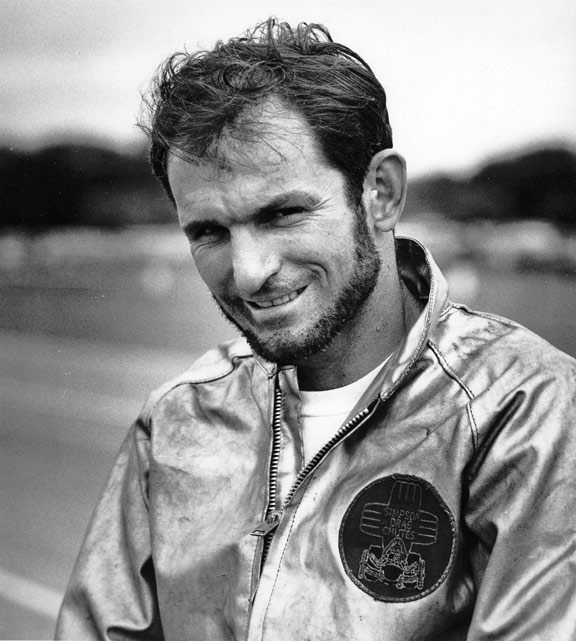
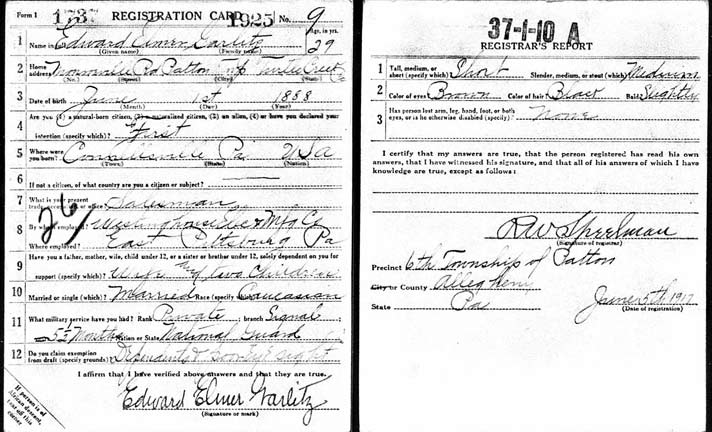
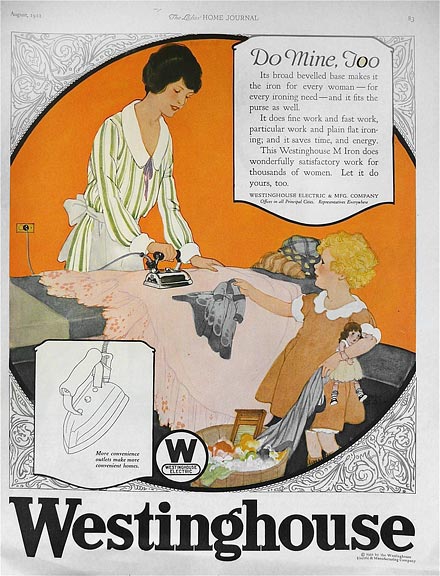
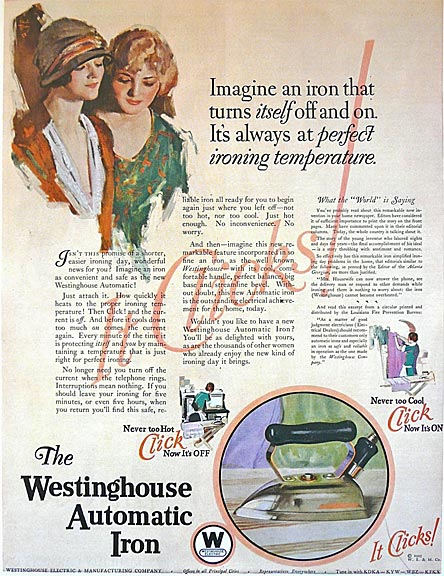
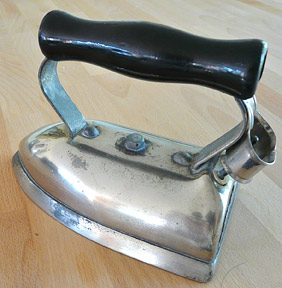
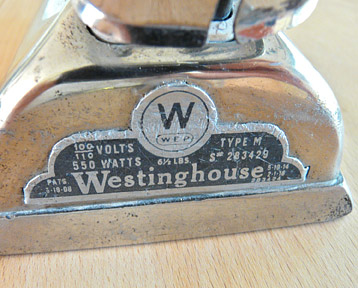
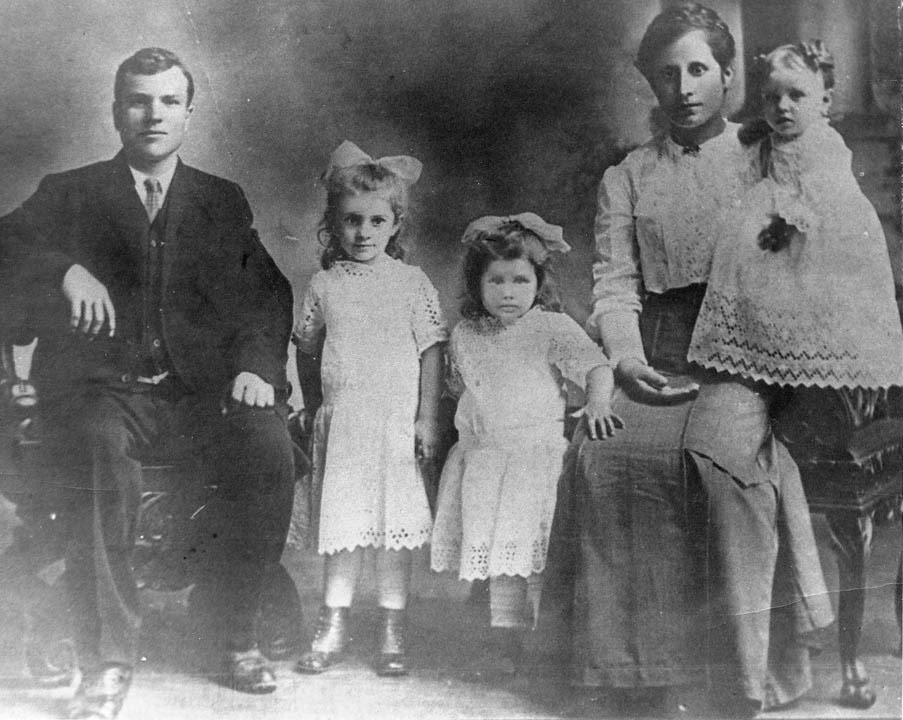
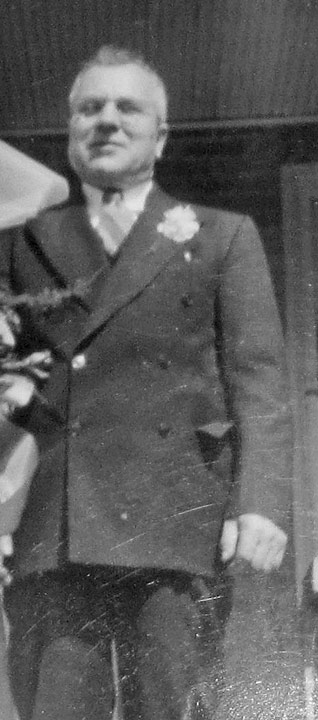

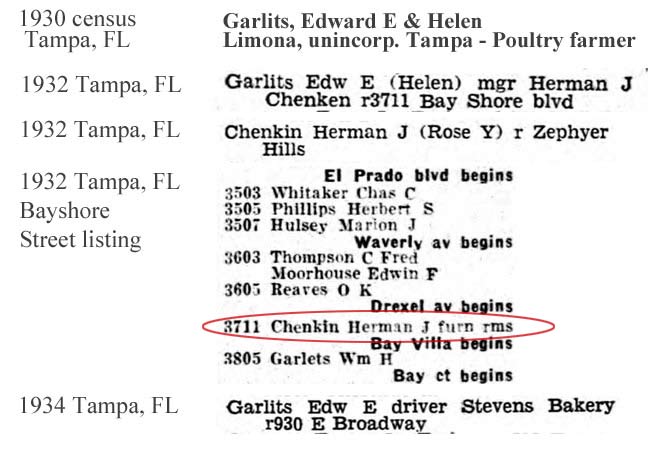
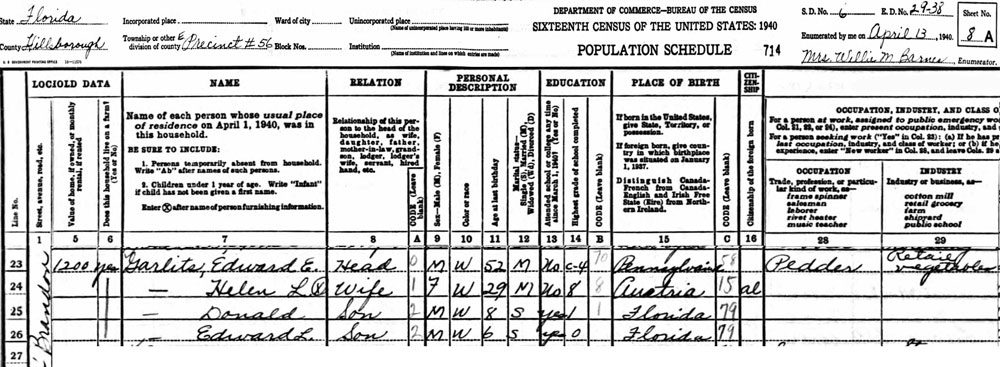

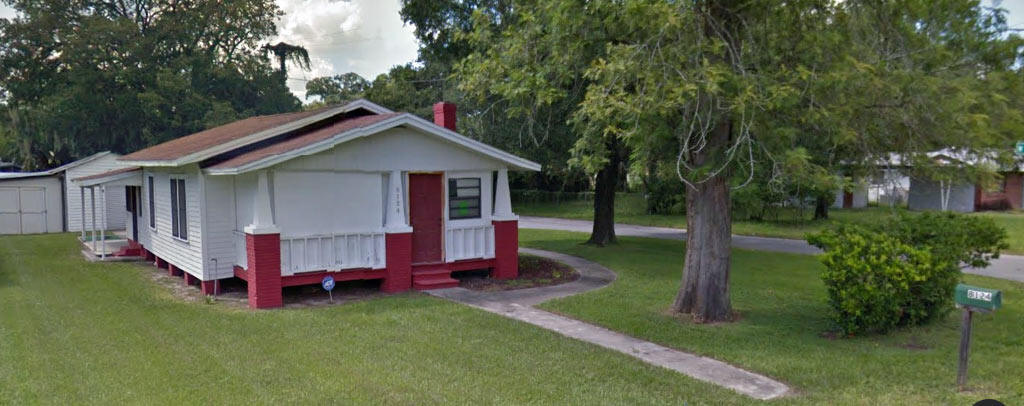
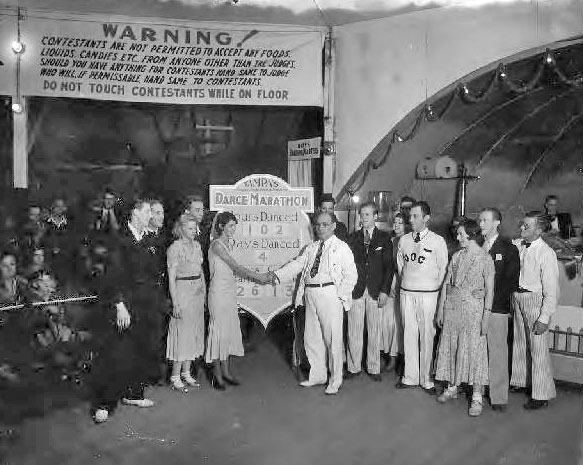

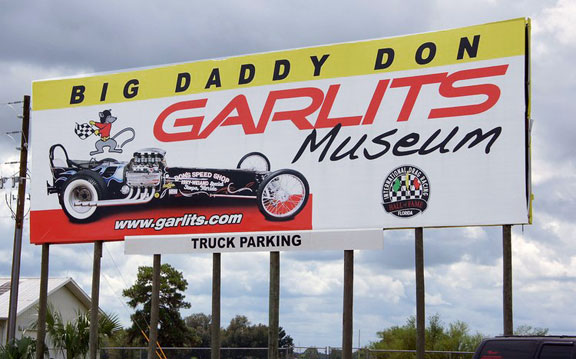
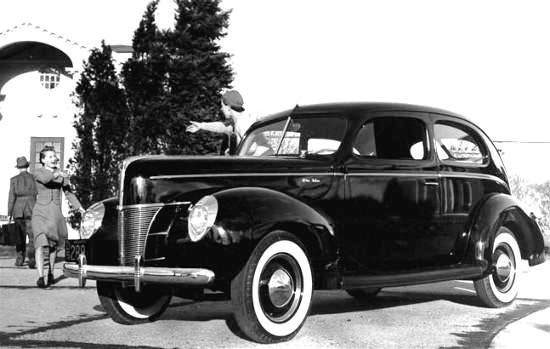

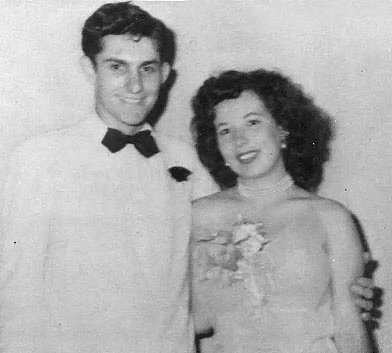
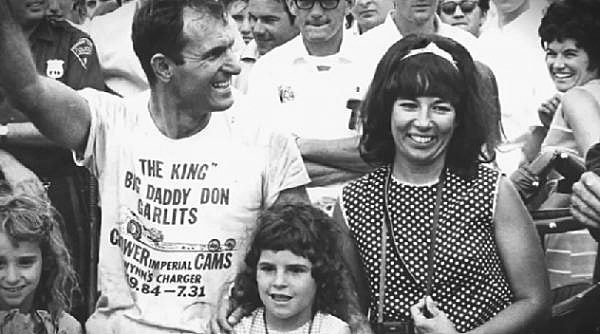
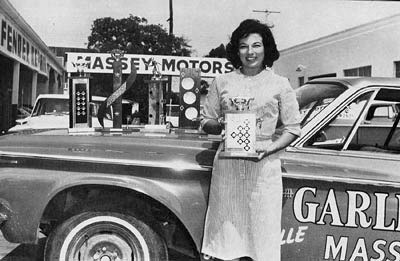
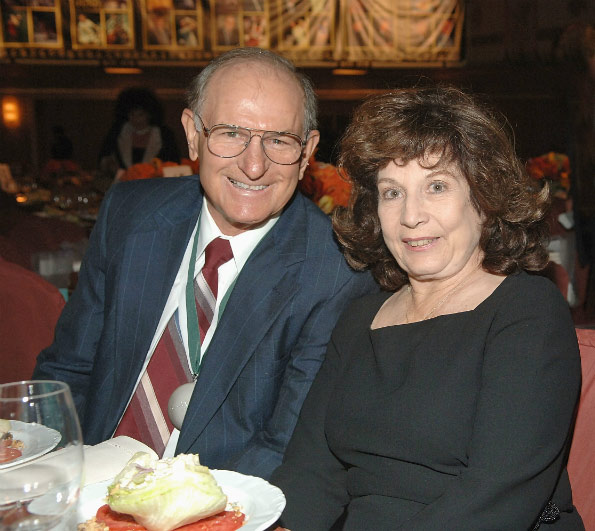
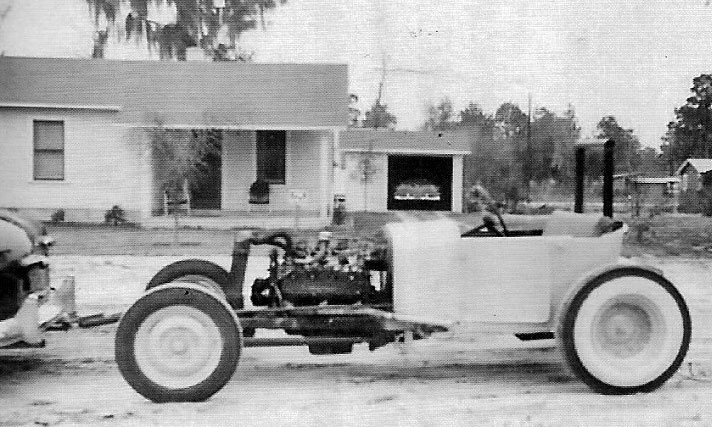
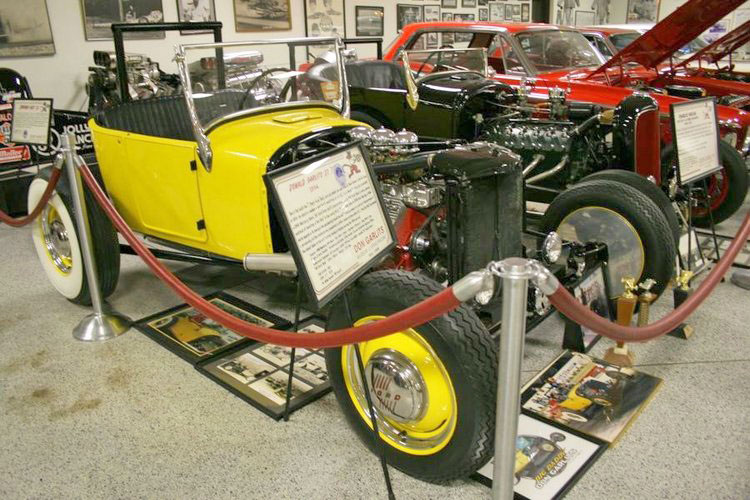
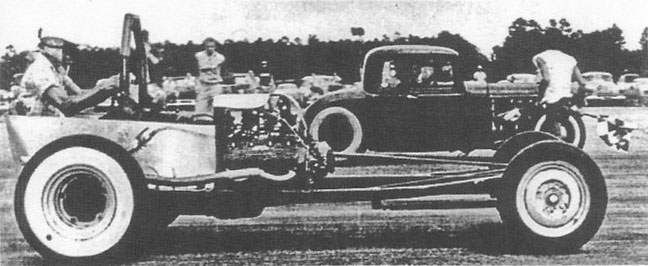
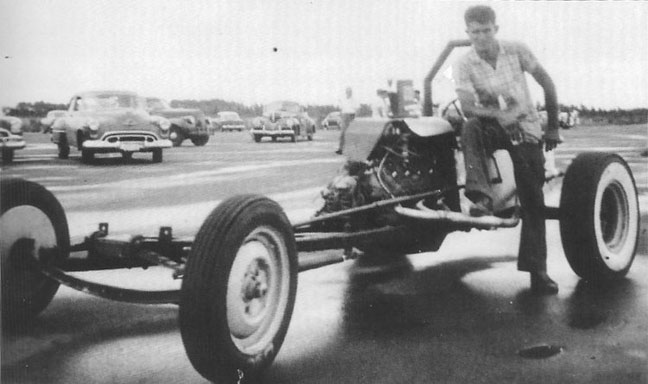
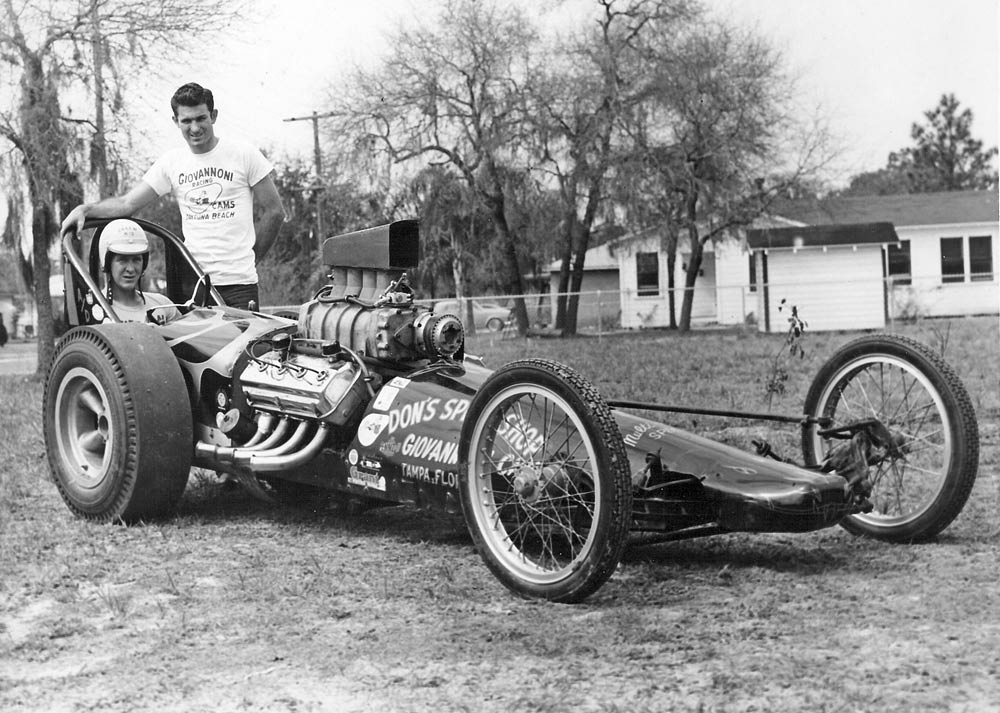
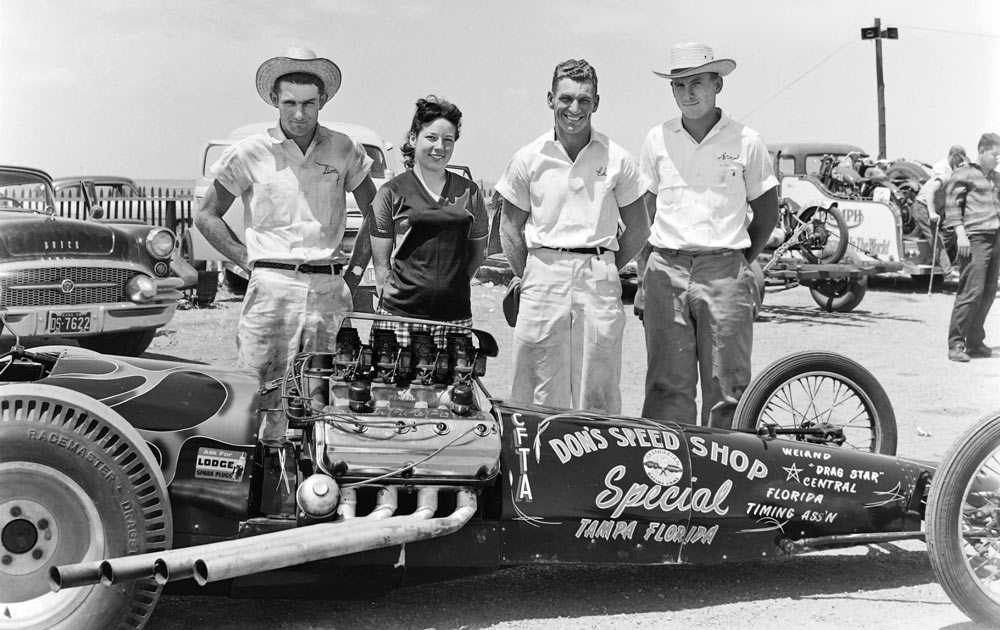
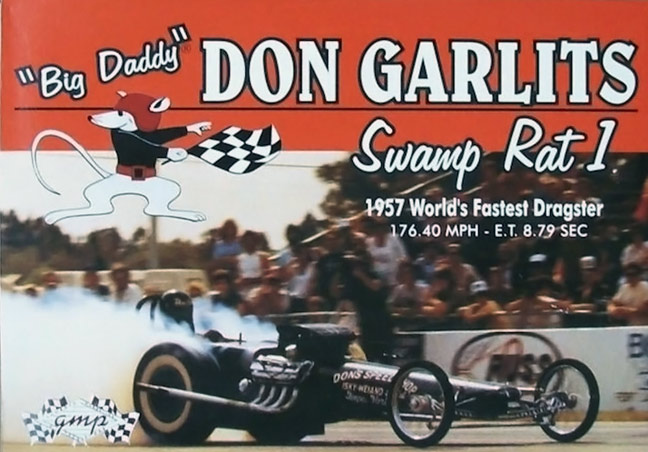
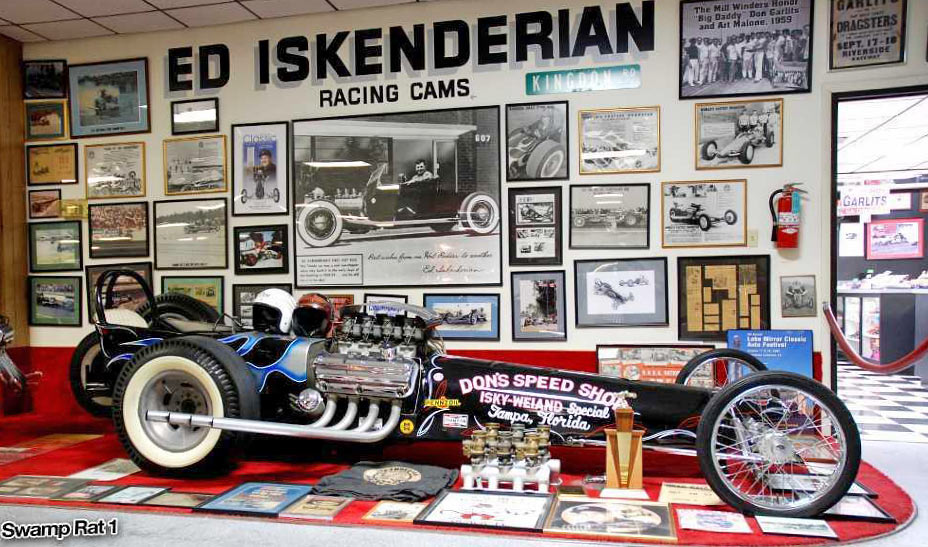
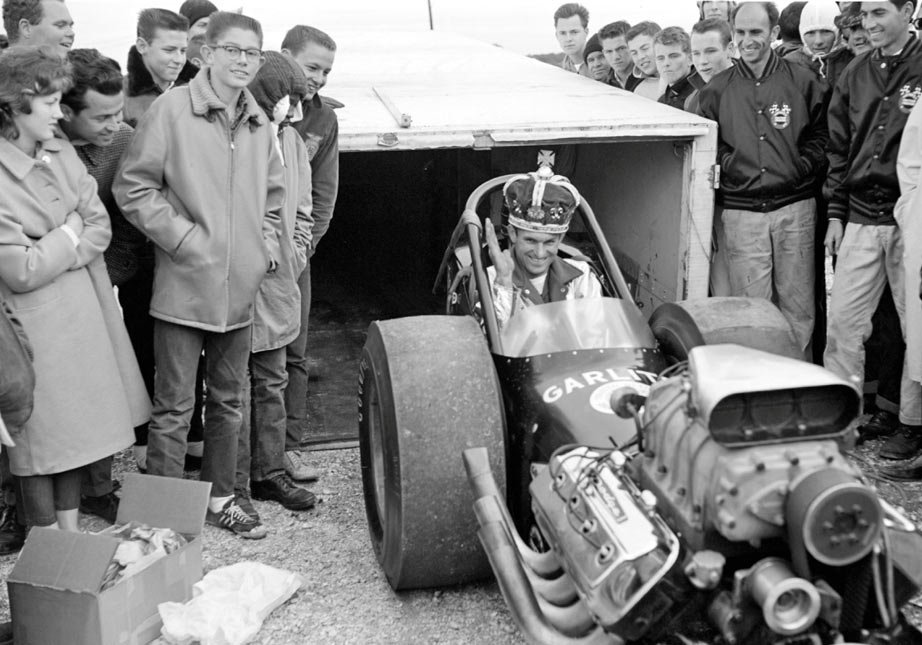
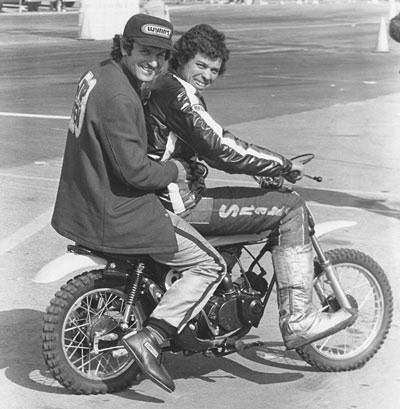
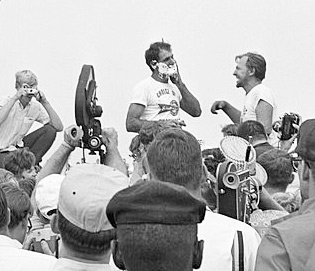
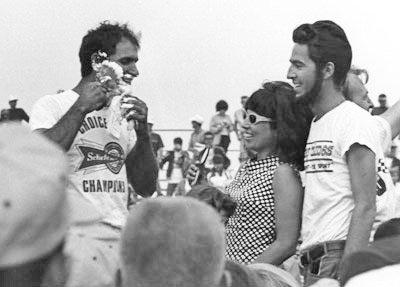
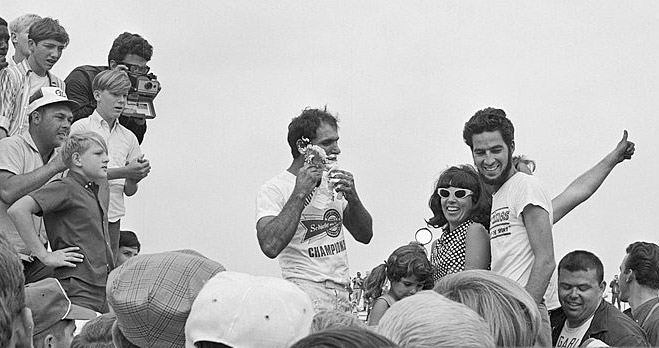
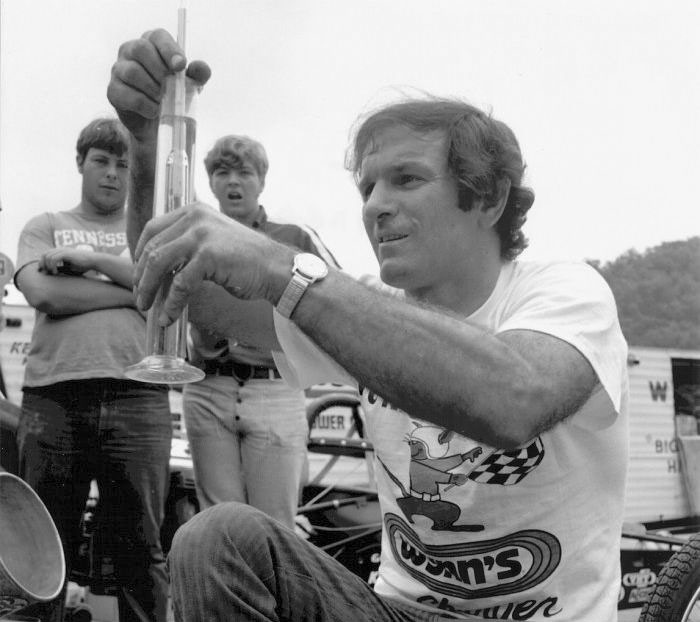
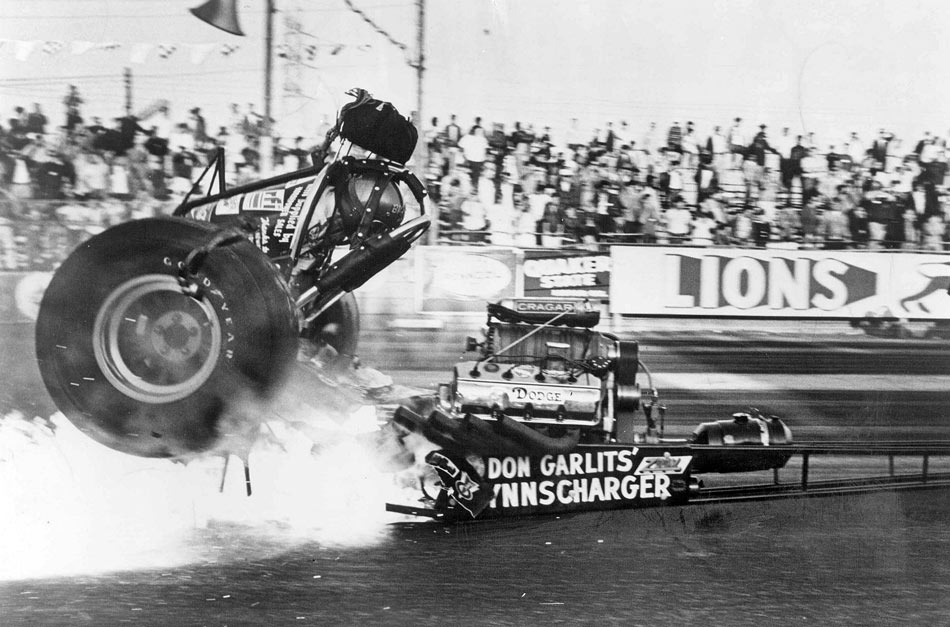
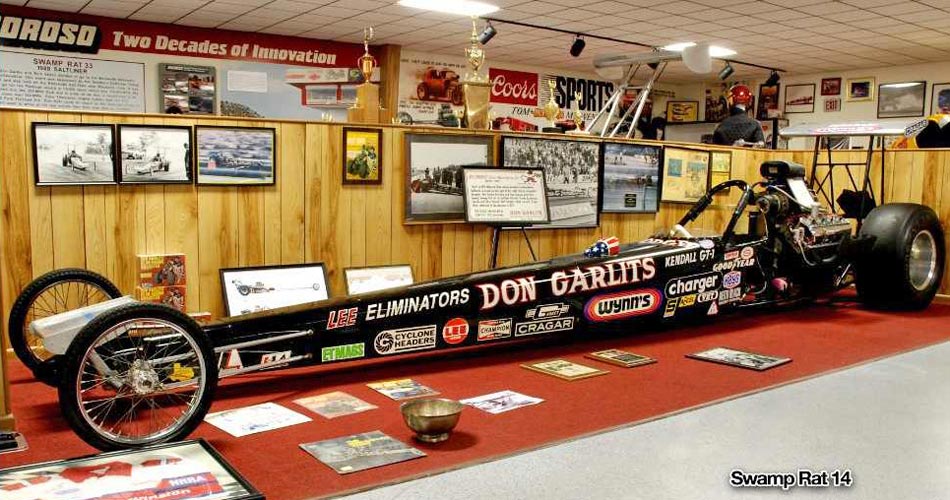
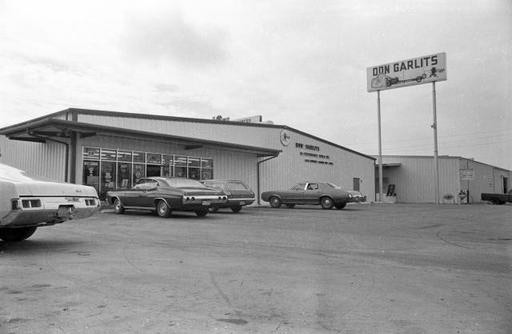
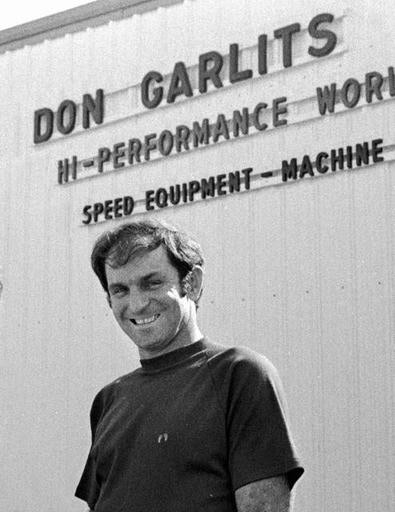
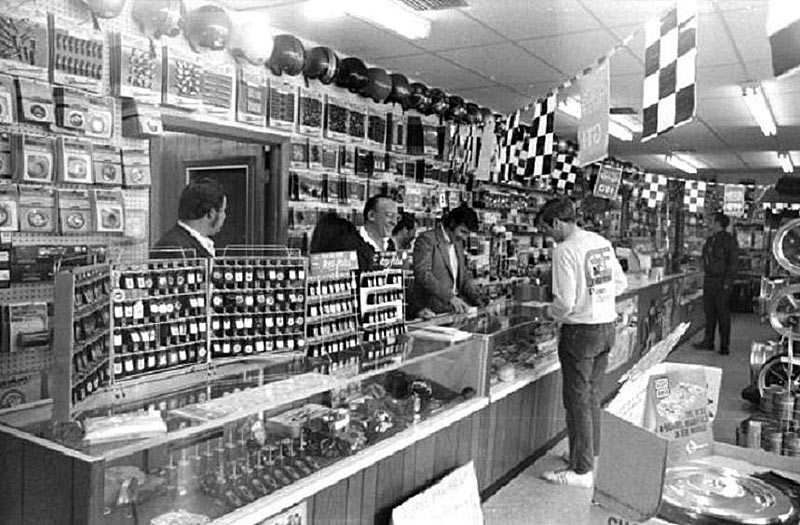
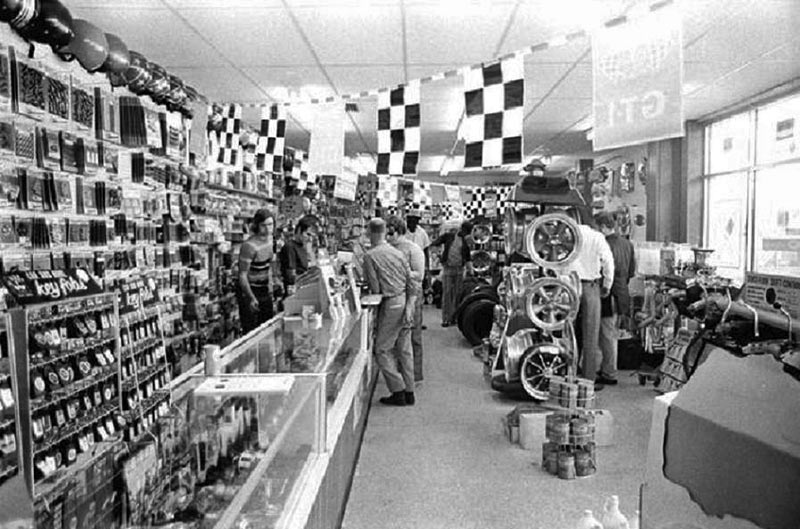
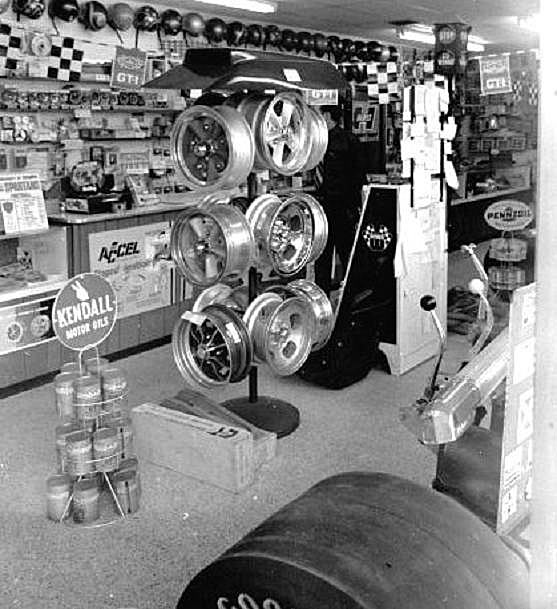
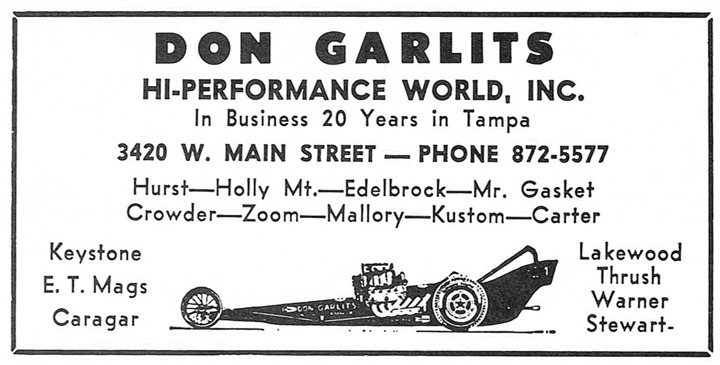
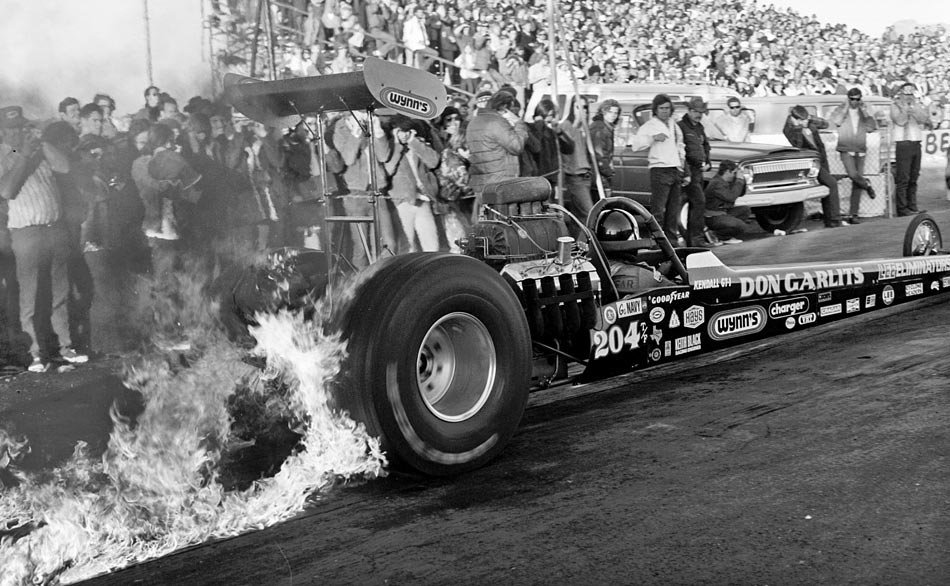
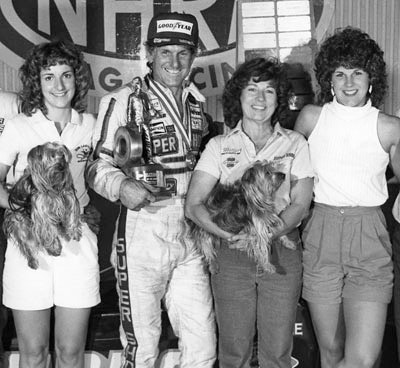
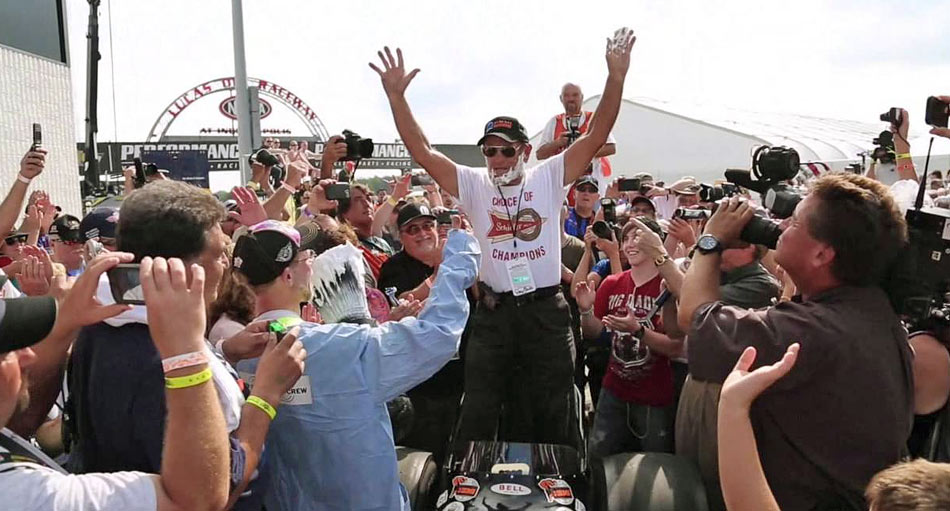
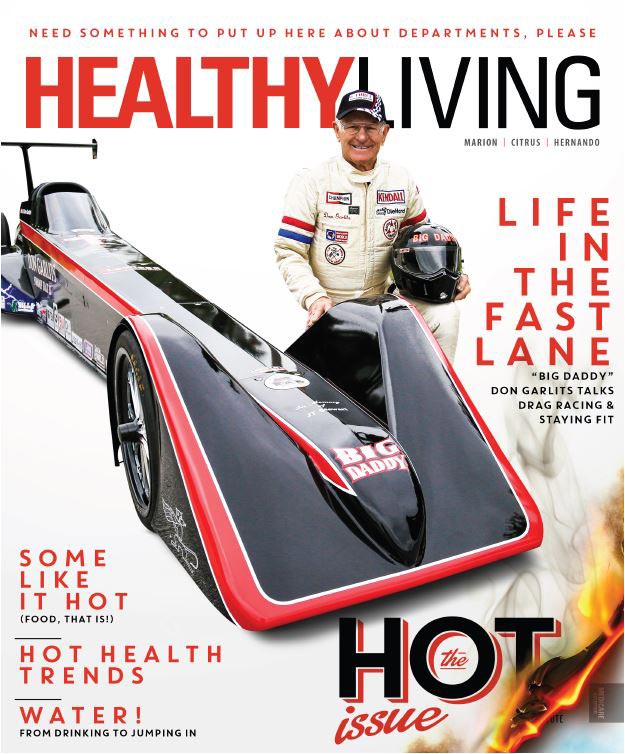 It was April 30,
2014, when Big Daddy and his team first rolled out the electric Swamp Rat 37 at the
Bradenton Motorsports Park for testing. It took seven runs for Garlits to
get comfortable behind the wheel. When the lights turned green and Big
Daddy hit the "gas," Swamp Rat shot up to 184 mph. Getting out of the car,
the team waited for what Big Daddy had to say. "Straight as a string ...
Just needs more power," Garlits said. "Put the nitro in it." The crowd
around the legend laughed wildly. Garlits smirked and took off his black
racing jacket, done for the day.
It was April 30,
2014, when Big Daddy and his team first rolled out the electric Swamp Rat 37 at the
Bradenton Motorsports Park for testing. It took seven runs for Garlits to
get comfortable behind the wheel. When the lights turned green and Big
Daddy hit the "gas," Swamp Rat shot up to 184 mph. Getting out of the car,
the team waited for what Big Daddy had to say. "Straight as a string ...
Just needs more power," Garlits said. "Put the nitro in it." The crowd
around the legend laughed wildly. Garlits smirked and took off his black
racing jacket, done for the day. 